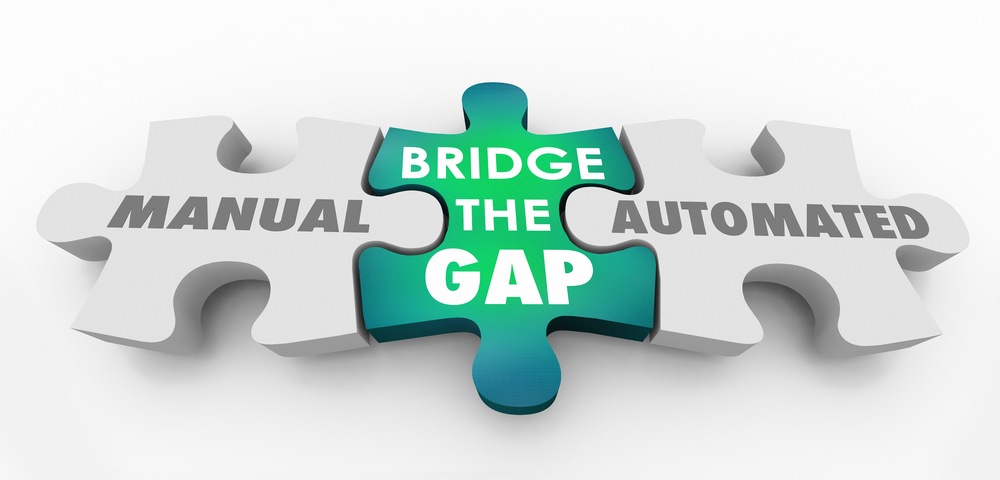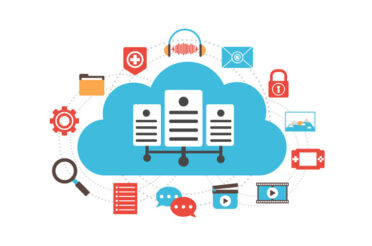We hear a lot about being in the era of digital transformation, but there are still many Australian businesses who are dragging their feet when it comes taking on their own transformation journey. This can probably be put down to complacency rather than any real reluctance to embrace new technology.
There is a tendency to wait and see how new tech affects other geographies and marketplaces before we start rolling them in Australia. In some ways that’s smart, but when it comes to AI, we can’t wait any longer.
AI and machine learning applications are now all around us in both our personal and business lives. They’re in our phones, our TVs, and our spreadsheets. As we attempt to stay relevant and competitive in more globalised marketplaces, our competition will also increasingly be powered by AI technology.
Just how big is the opportunity? Gartner has estimated the potential of AI-driven technologies, products and services will be worth upwards of US$4 trillion globally by 2022. PwC have also said that AI will increase global GDP by 14% or $15.7 trillion by 2030. These gains will be driven by:
Automated processes: This includes the use of software, robots, and vehicles to automate processes, removing labour costs completely.
Augmented workforce: By giving the workforce new AI-powered tools, decision making is vastly improved, as is productivity.
Personalised experiences: Every product and service imaginable is being personalised through the use of AI and machine learning, as are the sales and marketing processes we use to sell them.
Loss prevention: The ability to predict events and spot risks is a particularly valuable component of AI and machine learning.
It’s within this fourth area that Australian businesses can begin deriving value today. We know that many organisations are worried about the possibilities of a breach of their network or sensitive data. Throw in new regulations such as Australia’s Mandatory Notifiable Data Breach (MNDB) regulations, as well as the EU’s sweeping General Data Protection Regulations (GDPR), and organisations of every size are searching for cost-effective and efficient ways to minimise their risk.
Part of the problem of detecting network intrusion is the sheer volume of data we’re dealing with. Ask any network security professional and they’ll tell you that alerts can number well into the thousands each day. But machine learning solves the problem of sifting through alerts by establishing baselines of normal access behaviour.
In fact, machine learning feeds off large amounts of data through training and feedback loops to become smarter over time. The more data you feed a machine learning application, the more accurate its decisions become. User access log and security alerts then make the ideal fuel for driving machine learning in network security.
Because cybercriminals are only becoming more sophisticated every day, we need to find ways to continuously outsmart them. AI and machine learning can help organisations in any industry to drastically reduce manual security tasks, which then allows their tech teams to focus on the innovation activities that actually drive value.
About the author
As the Managing Director of Aryon, my team and I are here to reduce the complexity for organisations who want to take advantage of next-generation networks, infrastructure and workforce technology. If you would like to discuss how your organisation can take advantage of new digital networks, infrastructure and technology without the added stress, please feel free to get in touch with me at dean.bartlett@116.90.41.25.








